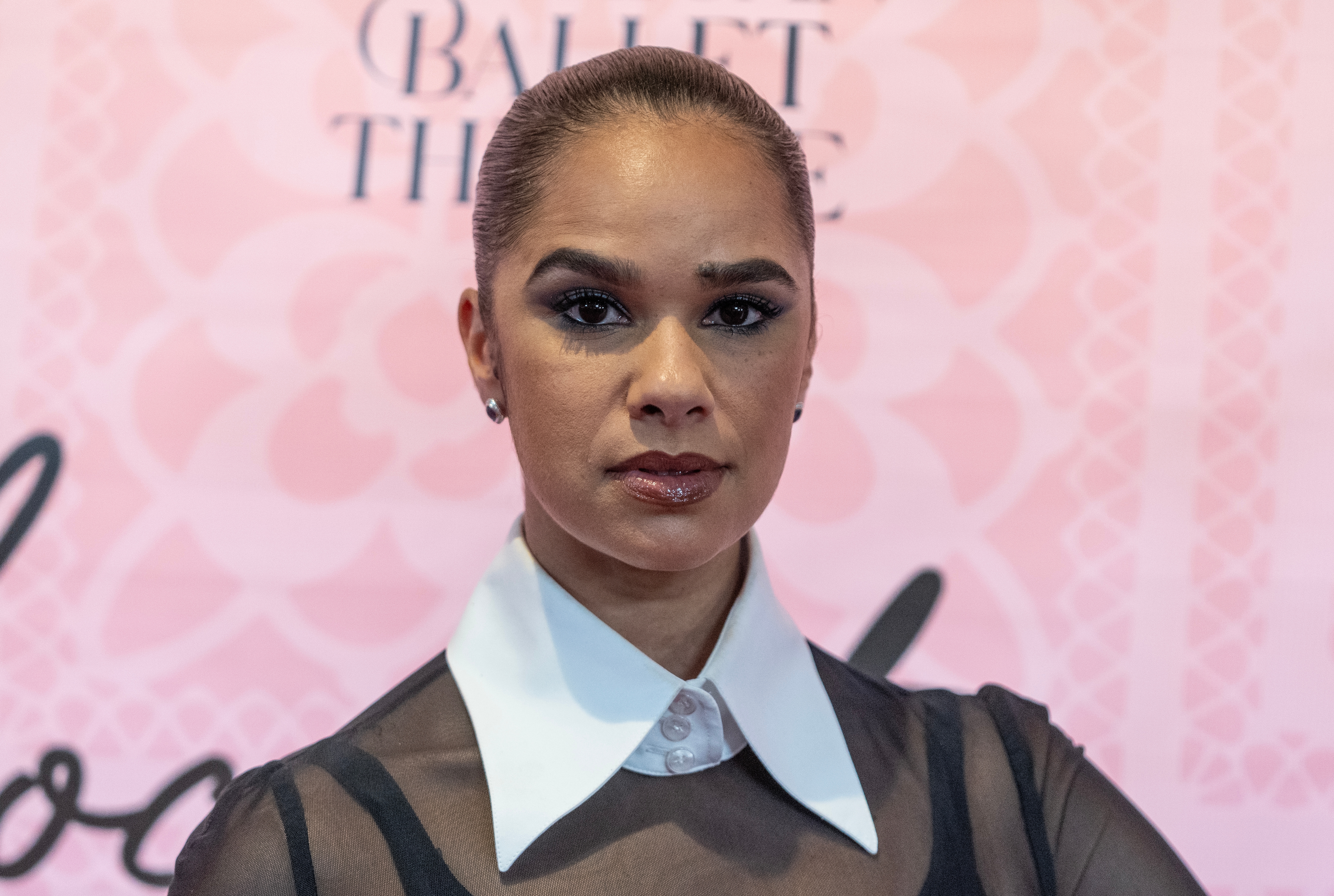As we celebrate Black History Month, we want to highlight Misty Copeland for her openness about her mental health journey.

As we celebrate Black History Month, we want to spotlight outstanding Black figures who’ve made their mark with their talents and shown us the power of being real about their lives and mental health journeys.
These Black artists, dancers, and actors are open about who they are, flaws and all, and they teach us valuable lessons.
They remind us that it’s totally okay and normal to face tough times and challenges no matter who you are. Life isn’t always smooth sailing, and that’s alright.
They highlight the importance of seeking help when it comes to mental health. Reaching out for support is a sign of strength, not weakness.
They remind us that speaking up and standing for your beliefs can positively change the world.
We hope these stories inspire you from these artists’ actions and the words they want you to hear.
You’re not alone in your journey; just like them, you can overcome anything with determination and resilience.
Misty Copeland, a trailblazer in ballet, stands as the first African American woman promoted to principal dancer at the American Ballet Theatre.
Misty uses her platform to shed light on the racial disparities within the ballet world.
“The ballet world doesn’t really celebrate or have women of color. How many amazing artists have we missed out on because they weren’t given support and an opportunity? So I feel like I want to be the voice of so many that didn’t have what I have.”
Misty told CNN, explaining her body would be signaled out as an issue, though it wasn’t the same for white dancers.
She now spends time mentoring children and making efforts to foster a more welcoming environment for dancers of color through initiatives like Project Plié.
“I slowly started to realize that my purpose was bigger than just being a dancer. And I felt like what I stood for and, and my voice and what I represented was more than me,” Misty recounts.
“It was an opportunity for these little brown girls and boys to be able to look at me and see themselves and see a future for themselves in a space where they’re not really celebrated. …This is for them, everything I’m going through, it’s to make it easier for them.”
Misty Copeland emphasizes the importance of self-care and mental health for athletes, underscoring the connection between physical and psychological wellbeing.
Misty now realizes some of the anxieties she had as a child growing up that centered around being unable to be sure what things would look like each day.
She explains: “Whether it was my mom waking us up in the middle of the night and saying like we’re leaving your Dad, we’re moving and not knowing where we’re going, not having a consistent place to stay or knowing if we were gonna have food on the table, all of these things, things just created this, this severe anxiety inside of me.”
Misty said she would try and combat this by trying to find a sense of control, like going to sleep with her clothes on, fearing she might not wake up on time, or scoping out her classroom locations, mapping out her path to classes and timing them to be sure she would make it on time.
“I didn’t have any control over anything that was happening in my life and it’s like a scary feeling. I didn’t really have anything that allowed me to find who I wanted to be until I started dancing.”
As her dancing trajectory reached meteoric heights, so too did a bit of imposter syndrome – and anxiety, she says.
“Being put on this kind of trajectory to be the first African-American woman principal dancer at ABT and the pressures of this mostly White ballet world that I felt was never going to accept me, no matter what I did onstage, started to give me anxiety around performances.”
Now, she shares how important it is for an athlete to care for your body and mind.
“Journaling is something I’ve done since I was 15,” Misty says. “And I have every single journal still, which was incredible when I was writing my memoir, so I could go back and read through these journals and remember and revisit the exact emotions I was having with these experiences.
I am someone who was extremely shy as a child and didn’t really come out of my shell until I found dance. But I still was afraid to speak; journaling was such a nice way for me to express myself and get all these thoughts and feelings out.”
We hope these stories inspire you, just like these athletes inspire us. Remember, you’re not alone in your journey. With determination and resilience, you can overcome anything.
‘Head in the Game’ is here to help support young peoples mental health. To learn more about the ‘Head in the Game’ program click here. Young people can also explore resources to support their mental wellbeing by clicking here.